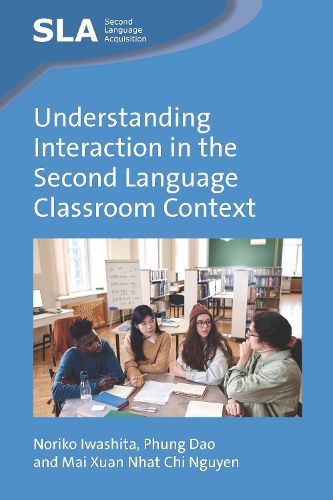Readings Newsletter
Become a Readings Member to make your shopping experience even easier.
Sign in or sign up for free!
You’re not far away from qualifying for FREE standard shipping within Australia
You’ve qualified for FREE standard shipping within Australia
The cart is loading…






This book provides an overview and analysis of the role that classroom interaction plays in instructed second language acquisition. The authors synthesise current state-of-the-art research on how classroom interaction benefits L2 learning through the lens of three theoretical perspectives: cognitive-interactionist (with a focus on how conversational interaction may promote L2 processing and learning), sociocultural (which assumes that cognitive advances are located within social interaction) and language socialisation (which examines how learners position themselves and are positioned in social interaction, and how they establish their membership in the target language community). They go on to critically examine how findings from this research can be applied to classroom practice in diverse L2 settings; they then provide pedagogical implications and suggested teaching activities to support L2 teachers and teacher educators in harnessing the benefits of classroom interaction for L2 learning.
$9.00 standard shipping within Australia
FREE standard shipping within Australia for orders over $100.00
Express & International shipping calculated at checkout
This book provides an overview and analysis of the role that classroom interaction plays in instructed second language acquisition. The authors synthesise current state-of-the-art research on how classroom interaction benefits L2 learning through the lens of three theoretical perspectives: cognitive-interactionist (with a focus on how conversational interaction may promote L2 processing and learning), sociocultural (which assumes that cognitive advances are located within social interaction) and language socialisation (which examines how learners position themselves and are positioned in social interaction, and how they establish their membership in the target language community). They go on to critically examine how findings from this research can be applied to classroom practice in diverse L2 settings; they then provide pedagogical implications and suggested teaching activities to support L2 teachers and teacher educators in harnessing the benefits of classroom interaction for L2 learning.